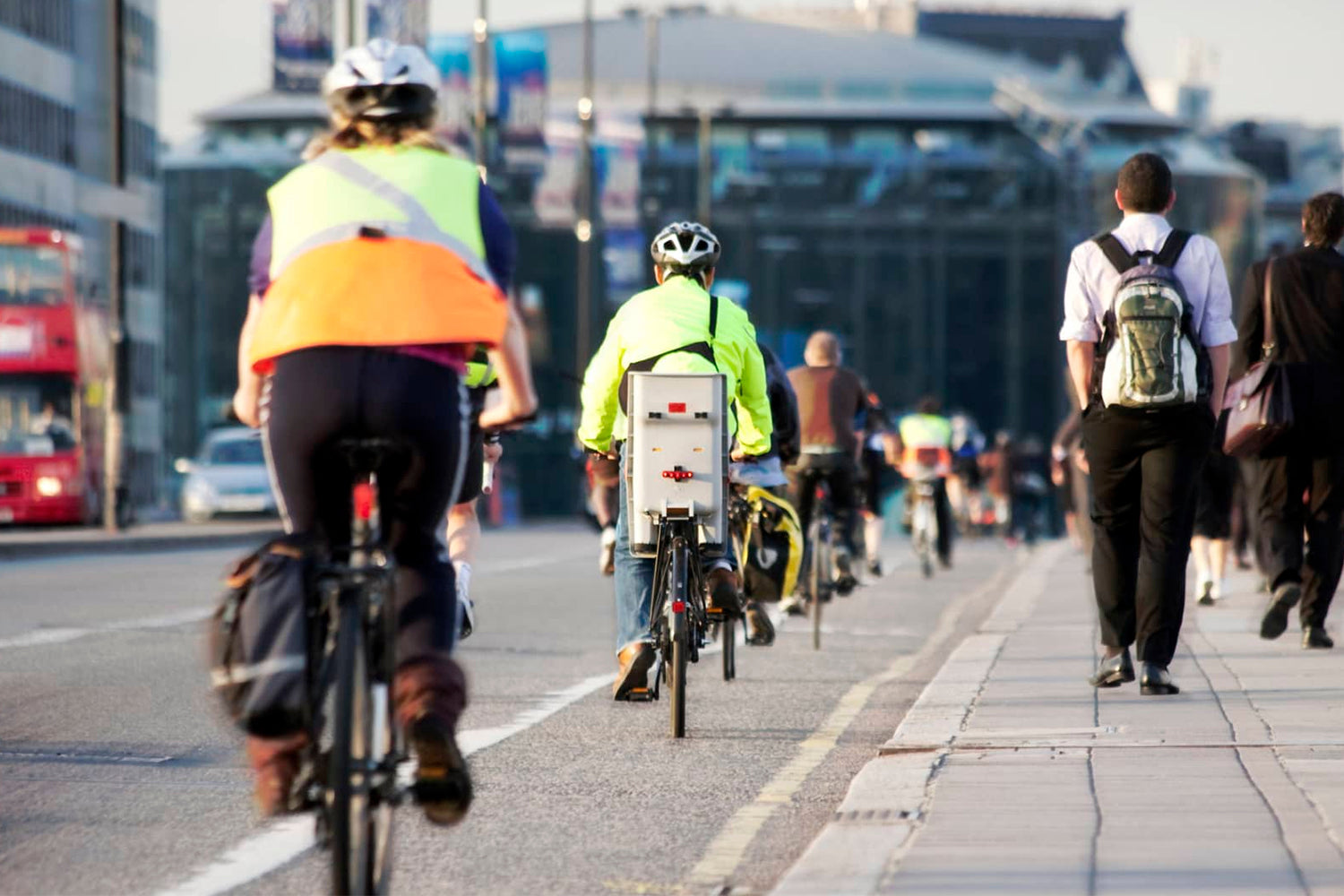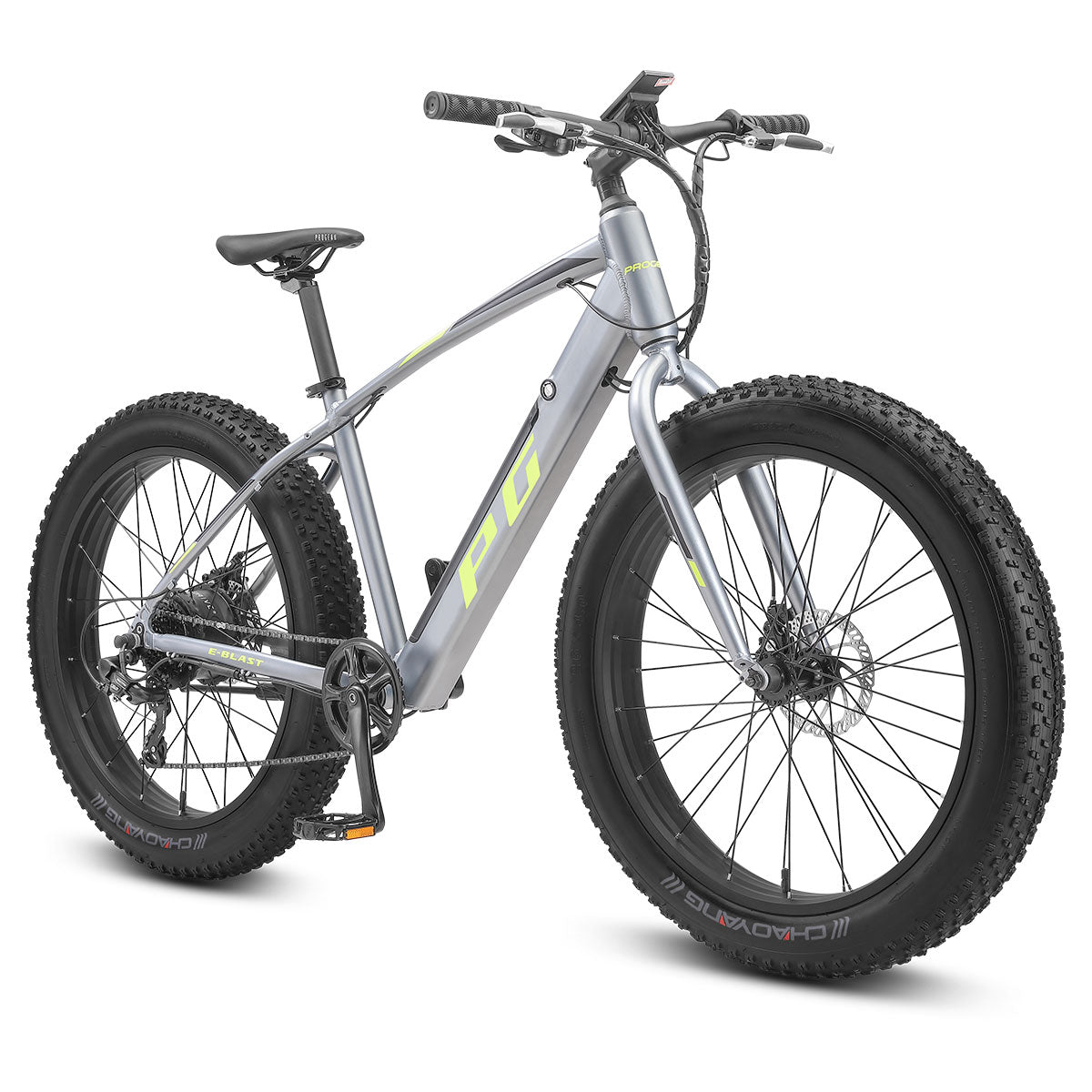
Cycling is a great way to stay active and independent as you get older. It's low impact, inexpensive and accessible, making it perfect for seniors.
We're here to help you find the perfect road bike and to offer our best tips for ensuring your best ride. Whether you're looking to stay active, explore new places or simply enjoy the outdoors, the right bike can make all the difference. Let's dive into how you can choose the best road bike tailored to your needs and start pedalling towards better health and happiness.
Main Considerations for Senior Riders
Comfort is extra important for senior riders to ensure a pleasurable and pain-free cycling experience. Look for bikes with adjustable handlebars and seats to tailor the fit to your body. An ergonomic design can reduce strain on your back, neck and joints, making long rides more enjoyable. Consider bikes with upright riding positions to alleviate pressure on the lower back and shoulders.
If you have arthritis, joint pain or other medical conditions, selecting a bike that minimises stress on these areas is important. For instance, bikes with suspension systems can absorb shocks, providing a smoother ride that's easier on the joints. If balance is a concern, exploring options like tricycles can offer added stability and peace of mind.
Ensure the bike has reliable brakes, whether disc or rim brakes, for efficient stopping power. Stable frames and easy-to-use gear systems contribute to a safer ride. Don't forget to equip your bike with essential safety features such as reflectors, lights and a bell to enhance visibility and alert others to your presence. Regular maintenance checks can prevent accidents caused by mechanical failures, ensuring your rides remain safe and enjoyable.
What to look for in a bike

The frame is the backbone of your bike. For senior riders, a lightweight yet sturdy frame is ideal. Aluminium and carbon frames are popular choices due to their durability and ease of handling. Ensure the frame size matches your height and leg length for optimal comfort. A well-fitted frame reduces strain on your body and improves overall riding efficiency. Step-through frames are a good option for seniors, as they make mounting and dismounting easier.
A comfortable saddle can also make a significant difference in your riding experience. Look for saddles with extra padding and ergonomic designs. The saddle height and angle should be adjustable to find the perfect fit for your body.
Suspension systems can greatly enhance comfort by absorbing shocks and providing a smoother ride. Front suspension forks are common on many bikes and are particularly useful if you plan to ride on rougher terrain. Full suspension bikes, with both front and rear suspension, offer even greater shock absorption, making them a good choice for seniors with joint issues or those who prefer extra comfort. By carefully considering these factors, you can find a bike that meets your needs and enhances your riding experience.
Types of Bikes
Road Bikes are lightweight and designed for speed on smooth pavement. They feature narrow tyres and a more aerodynamic riding position, making them ideal for long-distance rides and efficient travel. However, the aggressive posture can be uncomfortable for extended periods, particularly for those with back or neck issues. Road bikes also lack suspension, making them less suitable for rougher terrain.
Hybrid Bikes combine features of road and mountain bikes, offering versatility and comfort. They typically have a more upright riding position, wider tyres than road bikes and often include front suspension forks. This makes them great for a variety of terrains, from city streets to light trails. The main disadvantage is that hybrids are generally heavier and slower than road bikes, and their versatility can mean compromises in performance for specific uses.
Mountain Bikes are designed for off-road trails and rugged terrain. They feature wide, knobby tires for better traction and full suspension systems to absorb shocks. While they provide excellent control and comfort on rough ground, they are heavier and slower on paved roads due to their robust build and wide tyres.
Electric Bikes (e-bikes) come with an integrated electric motor that assists with pedalling. This makes them an excellent option for seniors who want to tackle longer distances or hilly areas without excessive effort. E-bikes offer the advantage of easier rides and extended range, but they are heavier and more expensive than traditional bikes and require regular charging.
Tricycles

Tricycles, or adult trikes, are an excellent option for senior riders looking for stability and comfort. The three-wheel design provides a solid and balanced ride, reducing the risk of falls and injuries. This stability makes mounting and dismounting much easier, which can be particularly beneficial for seniors with limited mobility or balance concerns.
They also often feature larger, more cushioned seats and upright handlebars, which help maintain an ergonomic riding position. This setup can alleviate pressure on the back, neck and wrists, making for a more comfortable ride over longer distances. Many tricycles also come with built-in baskets or storage options, making them ideal for running errands or carrying groceries.
Safety Tips
Always Wear a Helmet: A properly fitted helmet can significantly reduce the risk of head injuries in case of a fall or collision. Make sure the helmet meets safety standards and is replaced after any significant impact.
Use Lights and Reflectors: Enhancing your visibility to others is crucial, especially during low-light conditions. Equip your bike with front and rear lights and add reflectors to the pedals and wheels. Wearing bright or reflective clothing can also increase your visibility.
Perform Regular Maintenance: Keeping your bike in good working condition is essential for safety. Regularly check the brakes, tyres, chain and gears to ensure they are functioning correctly.
Follow Traffic Rules: Learn and follow all traffic laws, signals and signs. Ride in the same direction as traffic, use hand signals to indicate turns and be aware of your surroundings. Always stay in designated bike lanes when available.
Stay Hydrated and Take Breaks: Cycling can be physically demanding, so it's important to stay hydrated and take regular breaks. Listen to your body and rest if you feel tired or uncomfortable.
Choose Safe Routes: Plan your rides on bike-friendly paths and avoid busy roads when possible. Look for routes with less traffic and smoother surfaces to reduce the risk of accidents.
Equip Your Bike with Safety Accessories: In addition to lights and reflectors, consider adding a bell or horn to alert others of your presence. A rearview mirror can also help you keep an eye on traffic behind you.
Conclusion

Progear Bikes offers a wide range of bikes and tricycles designed with senior riders in mind. Our expert team can help you find the perfect bike to match your needs, ensuring you get the most out of your cycling experience. With options for different budgets and preferences, Progear Bikes can guide you through the selection process, helping you make an informed decision.
With the right bike and proper safety measures, you can ride confidently and maintain an active, healthy lifestyle. Progear Bikes is here to support you on your journey, providing quality products and expert advice tailored to senior riders.





















